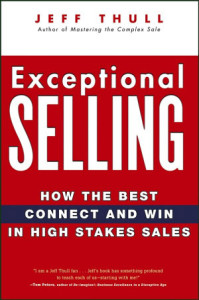Blog Posts Don’t Seal – They Enable

Will blog marketing “close” deals in the same way as face-to-face encounters between prospects and sales professionals? The answer is obviously “no”. This week’s Say It For You posts are devoted to the topic of blog marketing and its place in the overall sales process.
In the book Close the Deal, authors Sam Deep and Lyle Sussman suggest that a salesperson faced with a demanding prospect ask “What concession do you need from me to close the deal right now?” In blogging for business, of course, such a “bargaining” exchange would not be taking place between the business owner/practitioner and the reader/customer. On the other hand, one purpose of blog content is to persuade readers to act.
A very non-technical way I have of explaining the concept of blog marketing is this: Rather than running traditional ads for your brand of hats, vitamins, travel, or paint, you provide lots of information on the history of hats, on why vitamins are good for you, about exciting places to go on safari, and on the psychology of color. Consumers interested in your subject, but who never even knew your name, come to see you as a resource.
When blog readers follow your “calls to action” by phoning your business or practice, faxing in a request or an order, signing up for your newsletter, subscribing to your blog through an RSS feed, or proceeding to your shopping cart to buy your product or service, you know your blog marketing strategy is working Understand, though – it’s entirely possible that none of those things will happen at the first “meeting”.
Just as in traditional selling, you need to use blog content writing to “prove your case” by:
- offering statistics about the problem your product or service helps solve
- comparing your product or service with others on the market
- providing testimonials from past and present customers and clients
Generally speaking, as I often stress when I offer Say It For You corporate blogging training, blog posts are not ads, and there should never be a hard-sell or boastful tone to the content. Blog posts are closer in nature to informative “advertorials”, positioning the company or practitioner as helpful, well-experienced, and knowledgeable.
Primarily, the blog post has to add value. Not just a promise of value if the reader converts to a buyer, but value right then and there in terms of information, skill enhancement, or a new way of looking at the topic. The best blog posts are never about yourself, your company, your services, or your products, but about why you see things the way you do.
Typically, a blog post doesn’t “seal” the deal, so much as it “enables” the deal.




Follow us online!